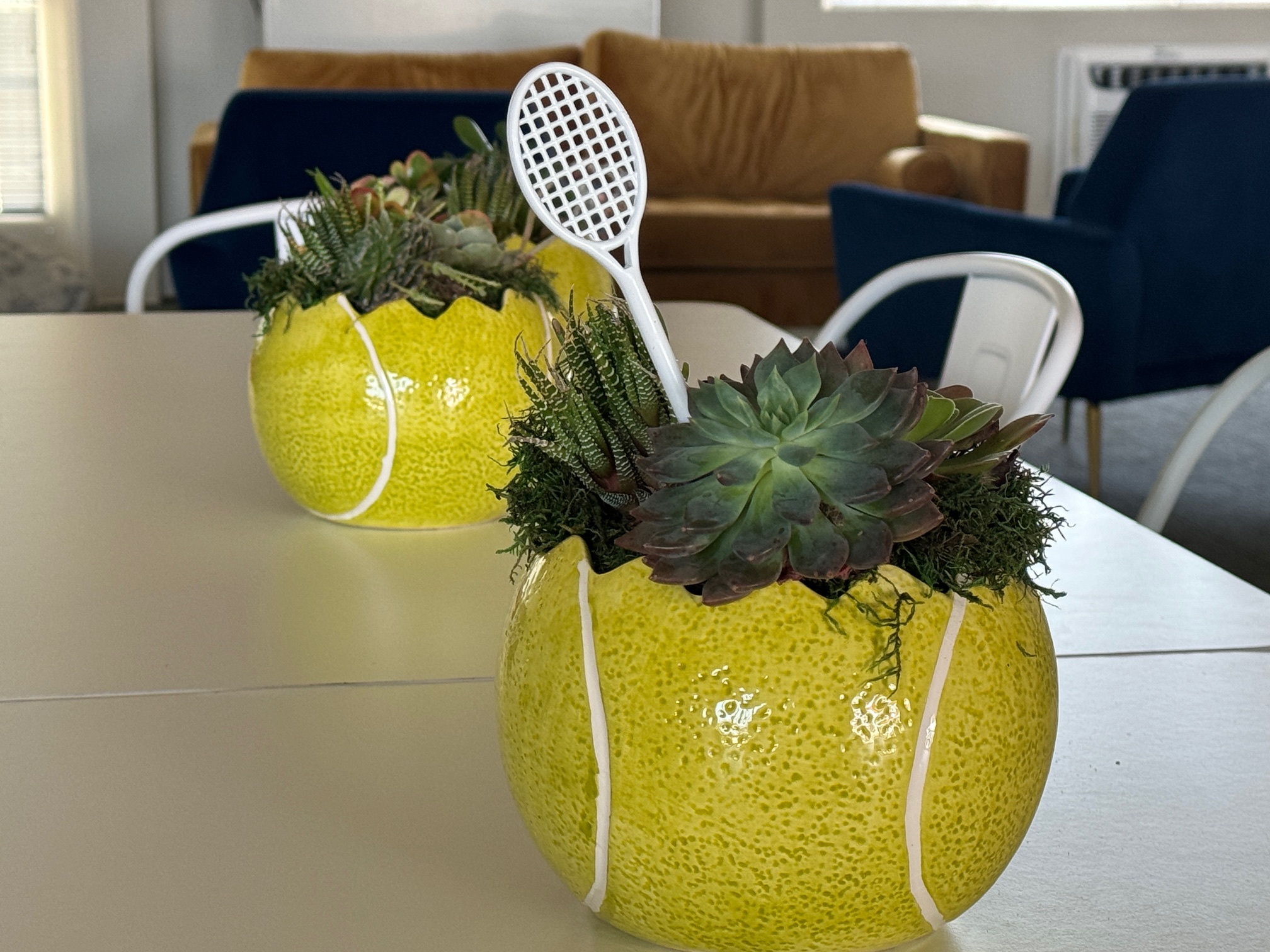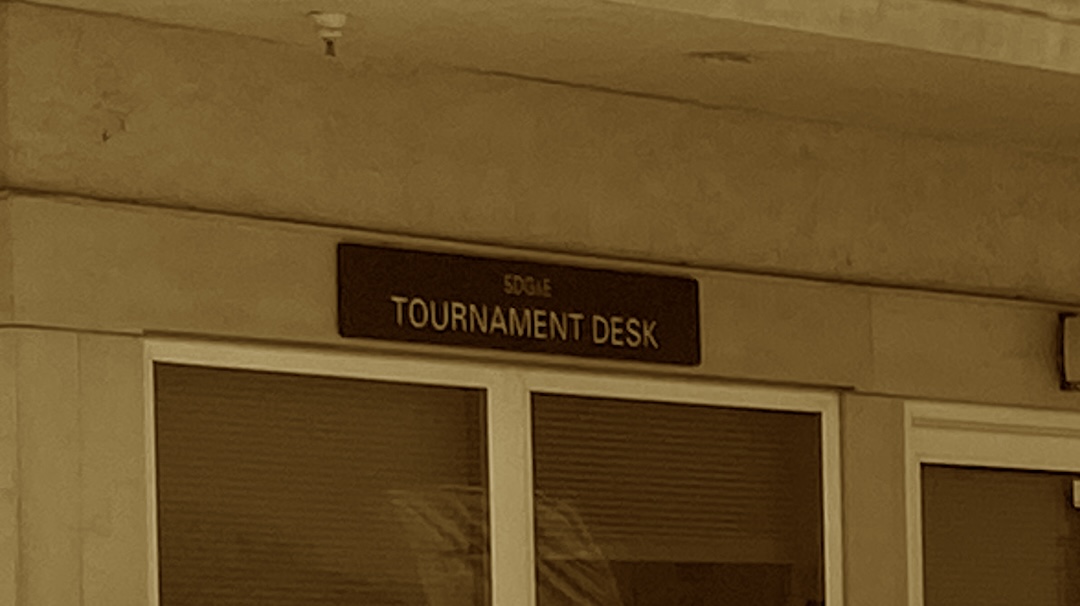Fiend at Court Unplugged
Tennis balls have numbers on them so that players can sort out ownership when balls are scattered between adjacent courts. It is an inevitable part of playing tennis. The markings on tennis balls exist not only to identify the manufacturer and brand of the ball, but also includes a number. In recreational play, it is unlikely that two adjacent courts will have identically marked balls. There are a lot of variables.
Tournaments, on the other hand, are played with an “official” ball for the event, which means that the only method of discernment when a ball rolls onto a neighboring court is the number that the manufacturer prints on the ball. That means that there is a 1 out of 4 chance that adjacent courts will be playing with identical balls. There is a very easy “hack” to prevent it from occurring that every tournament should implement.
The image for this post was taken last weekend during the Houston Clay Court Championships. It is a Senior Women’s Level 1 USTA sanctioned tournament. If you look at the picture closely, it is apparent that there are two stacks of opened tennis balls on the tournament desk. In fact, there is a grid marked off on the cork board that indicates the border between the two piles. One of the stacks contain only even numbered balls and the other… wait for it.. contains the odd balls.
When the tournament director assigns a match to a court, even numbered courts are handed even numbered balls, and odd numbered courts are handed odd numbered balls. That simple trick eliminates any possibility that matches on two adjacent courts receive the same numbered balls unless the court numbering scheme is non-sequential.
Unfortunately, if a player shanks a ball two courts down… which happens from time to time, all bets are off. It is something that doesn’t happen all that often, however. In semi-related news, most manufacturers number their balls from 1-4, but Babolat uses a 1-5 scheme. That creates an artificially high number of odd balls.
I wish all tournaments would use the even/odd ball trick. The world would be a much better place.



